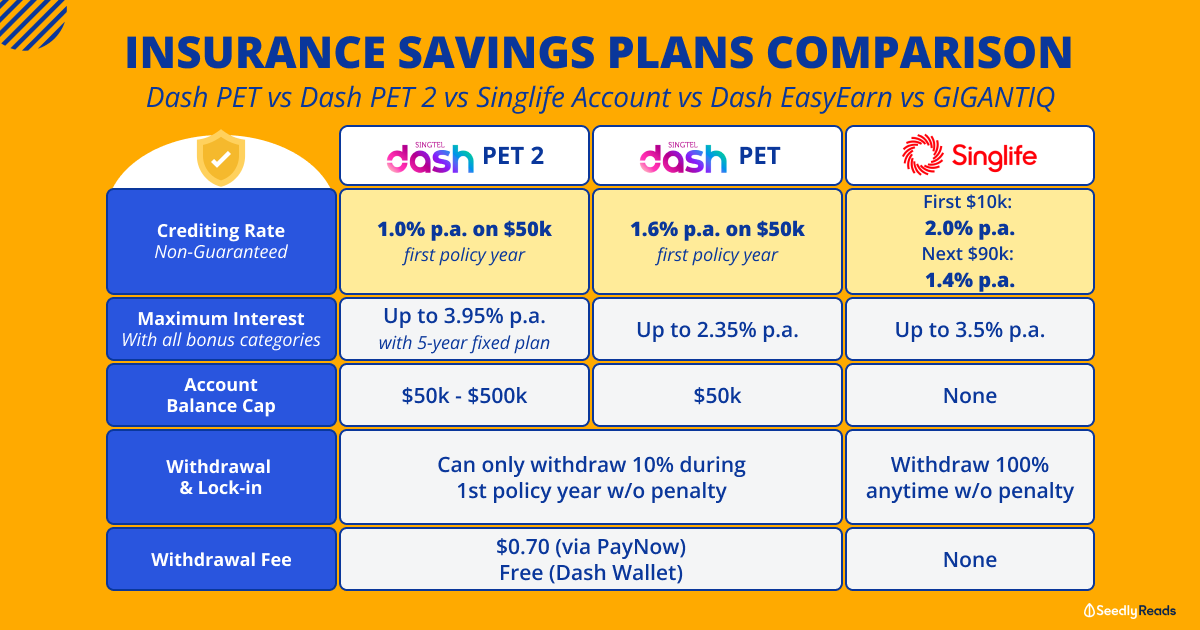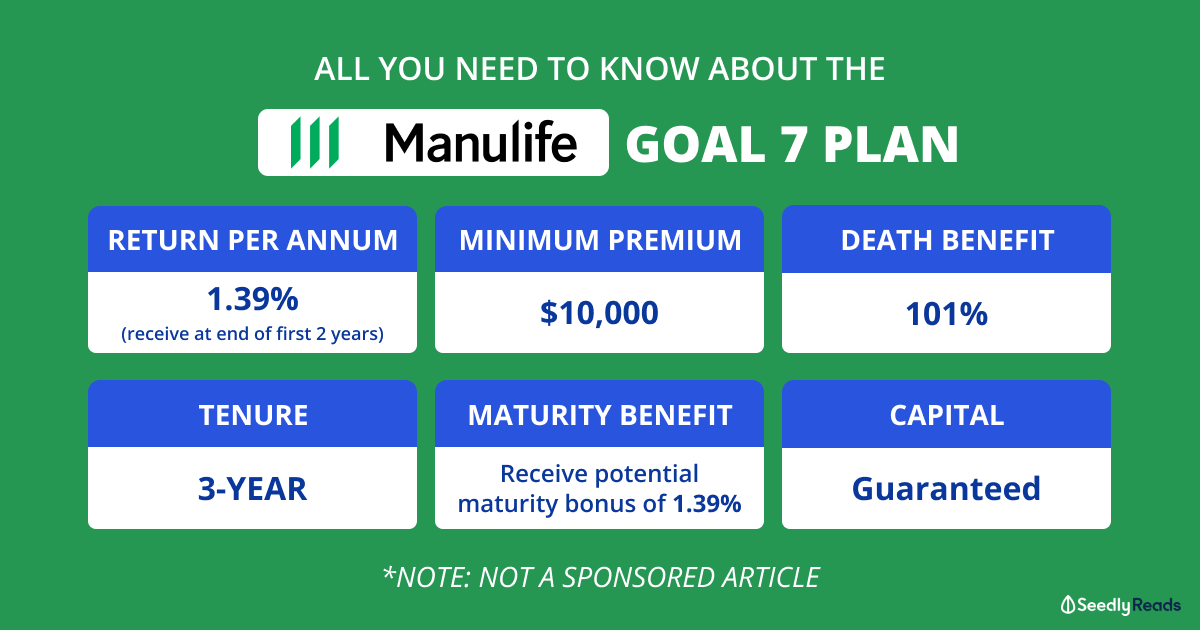Having run investment, insurance and healthcare businesses, your finding is no surprise. Let's start with a brief breakdown and basic principles to help you understand.
First, my opinion is that many people are sold insurance which they don't fully understand. Try asking someone to repeat the features and benefits of an insurance product they bought. Chances are that even a CEO level person is clueless and embarrassed. This has to do with the sales methods and the way insurance has been marketed. It has improved a lot over the years and there are many well-meaning salespeople, but there is an arguable mismatch between the sales and buy side of the insurance market in terms of sophistication, motivation and needs.
Second, most sales-driven insurance methods end up selling you the highest premium product. Due to the inevitable mismatch between the sales and buy sides of the situation, the buyer is often less motivated to know the exact details, often ending up with the proposition as "what is your budget?" and the sales side tries to cobble a product that sucks up what you say you can afford. This is an unfortunate reality.
Third, insurance is mostly a bundled product comprising an actuarial component - let's call it "A", and a savings component - let's call it "B". A is constrained by actuarial calculations and is rather fixed. B can be as high as possible to suit your budget. There is a tendency to sell a higher premium insurance product because the commission is percentage-based. So the only way to motivate sales is to structure a bundled A+B product - which means there tend to be sales of what we call - whole life or endowment insurance products - which contain a lot of B.
Fourth, when the insurance company gets your B, it adds up all the Bs from all insured members and pools it into an insurance fund. But the way the insurance fund is invested is constrained by the actuarial considerations and regulatory requirements - which tend to limit the ways your B is invested. Mostly, into long term bonds. Hence, the returns are constrained because the risks must be set relatively low.
Fifth, you will note that you may likely have been sold an insurance product which contains a high proportion of B which is then managed in a pool which has no regard for you as a person. For example, if you are 20 years old and the others in the pool are of different ages (and risk profiles), your B together with all their Bs are managed according to the insurance company’s profile – not yours. There is no personalization.
Lastly, the above explains why your returns are low – without going into greater details. I would add that in the case of “non-participating” policies, the insurance company merely gives you the returns indicated in the insurance benefit illustrations and can keep the extra returns it earns – if at all. Not bad for the insurance company. In response to the market, insurance companies offered to share these potential returns through commonly called “participating policies” where you not only get the illustrated returns in the benefits documents, you also get to share in the gains made by the insurance company through bonus declarations.
I hope these basic points give you a better understanding, though there are more details.
What I would do is to clearly define my protection needs. Then consider buying term insurance which purely A component which will be cheaper than a bundled A+B product. Use your resulting premium savings (by avoiding the bundled A+B product) and invest that sum regularly.
Today, using digital life insurance platforms and Robo-investments, you can construct your own A + B product without the bundled constraints and high commission expenses. Bear in mind, insurance commissions for bundled A+B products can be as much as over 100% of your annual premium! Seek advice from a financial adviser and make sure it is not an insurance sales push.
All the best!








Having run investment, insurance and healthcare businesses, your finding is no surprise. Let's start with a brief breakdown and basic principles to help you understand.
First, my opinion is that many people are sold insurance which they don't fully understand. Try asking someone to repeat the features and benefits of an insurance product they bought. Chances are that even a CEO level person is clueless and embarrassed. This has to do with the sales methods and the way insurance has been marketed. It has improved a lot over the years and there are many well-meaning salespeople, but there is an arguable mismatch between the sales and buy side of the insurance market in terms of sophistication, motivation and needs.
Second, most sales-driven insurance methods end up selling you the highest premium product. Due to the inevitable mismatch between the sales and buy sides of the situation, the buyer is often less motivated to know the exact details, often ending up with the proposition as "what is your budget?" and the sales side tries to cobble a product that sucks up what you say you can afford. This is an unfortunate reality.
Third, insurance is mostly a bundled product comprising an actuarial component - let's call it "A", and a savings component - let's call it "B". A is constrained by actuarial calculations and is rather fixed. B can be as high as possible to suit your budget. There is a tendency to sell a higher premium insurance product because the commission is percentage-based. So the only way to motivate sales is to structure a bundled A+B product - which means there tend to be sales of what we call - whole life or endowment insurance products - which contain a lot of B.
Fourth, when the insurance company gets your B, it adds up all the Bs from all insured members and pools it into an insurance fund. But the way the insurance fund is invested is constrained by the actuarial considerations and regulatory requirements - which tend to limit the ways your B is invested. Mostly, into long term bonds. Hence, the returns are constrained because the risks must be set relatively low.
Fifth, you will note that you may likely have been sold an insurance product which contains a high proportion of B which is then managed in a pool which has no regard for you as a person. For example, if you are 20 years old and the others in the pool are of different ages (and risk profiles), your B together with all their Bs are managed according to the insurance company’s profile – not yours. There is no personalization.
Lastly, the above explains why your returns are low – without going into greater details. I would add that in the case of “non-participating” policies, the insurance company merely gives you the returns indicated in the insurance benefit illustrations and can keep the extra returns it earns – if at all. Not bad for the insurance company. In response to the market, insurance companies offered to share these potential returns through commonly called “participating policies” where you not only get the illustrated returns in the benefits documents, you also get to share in the gains made by the insurance company through bonus declarations.
I hope these basic points give you a better understanding, though there are more details.
What I would do is to clearly define my protection needs. Then consider buying term insurance which purely A component which will be cheaper than a bundled A+B product. Use your resulting premium savings (by avoiding the bundled A+B product) and invest that sum regularly.
Today, using digital life insurance platforms and Robo-investments, you can construct your own A + B product without the bundled constraints and high commission expenses. Bear in mind, insurance commissions for bundled A+B products can be as much as over 100% of your annual premium! Seek advice from a financial adviser and make sure it is not an insurance sales push.
All the best!